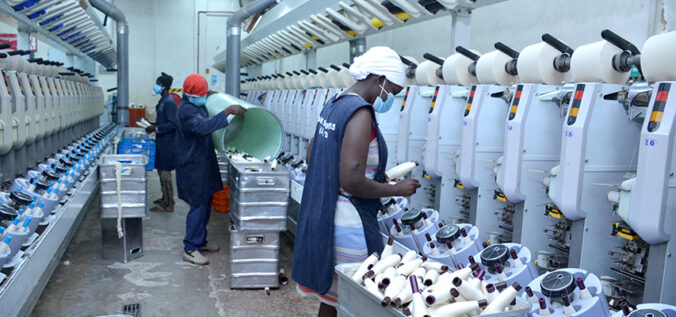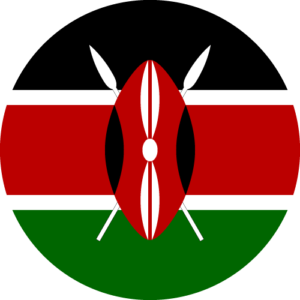Kenya’s apparel industry is vertically integrated, with 21 large companies in the Export Processing Zone (EPZ) and 170 medium to large companies, and 70,000 micro to small companies outside the EPZ (Kohantextilejournal, 2021). The Cotton Textile Apparel (CTA) industry is Kenya’s second-largest manufacturing sector after the food processing industry and is considered a core industry. Kenya’s CTA manufacturing value chain includes researchers, ginners and farmers, spinners and input suppliers, textile producers, and extension service providers. Kenya’s current cotton lint production is about 7,000 tons, while the potential production is 200,000 tons (or 750,000 tons) of lint or seed cotton. Lint production in Kenya has been fluctuating in recent years and has not been enough to meet the demand of domestic mills. Consequently, Kenyan companies import cotton from neighboring cotton-producing countries like Uganda and Tanzania. Kenya has a total of 52 textile mills. Of these, only 15 are operating at below 45 percent of capacity. Electricity and high import costs are the main cost drivers for these companies (ITA, 2023). However, these textile mills support the livelihoods of Kenya’s neighboring countries.
Morocco, Tunisia, and Ethiopia are Africa’s leading producers of textiles. Currently, Africa produces more than 90 percent of the world’s cotton crop. The cotton exported to the rest of the world is second-rate, despite being harvested by hand (Abdouramane et al., 2022). Kenya’s textile & apparel value chain includes input providers, yarn spinners, semi and fully-integrated weaving/knitting/ dyeing/ finishing mills & plants, and design & sewing companies (Kohantextilejournal, 2021). A fully integrated value chain in the apparel sector could employ as many as 10% of the country’s population, as both cotton cultivation and apparel production are labor-intensive and employ many women. (Shiundu, 2022). One of the most significant advantages for the apparel industry in Kenya is the implementation of the AGO (African Growth and Opportunity Act) in 2000. The AGO Act grants duty-free access to the USA market to sub-Saharan African countries (Jesse, 2019). The duty-free access allows the exportation of goods into other countries for distribution and consumption.
Page Author: Jailine Collado




